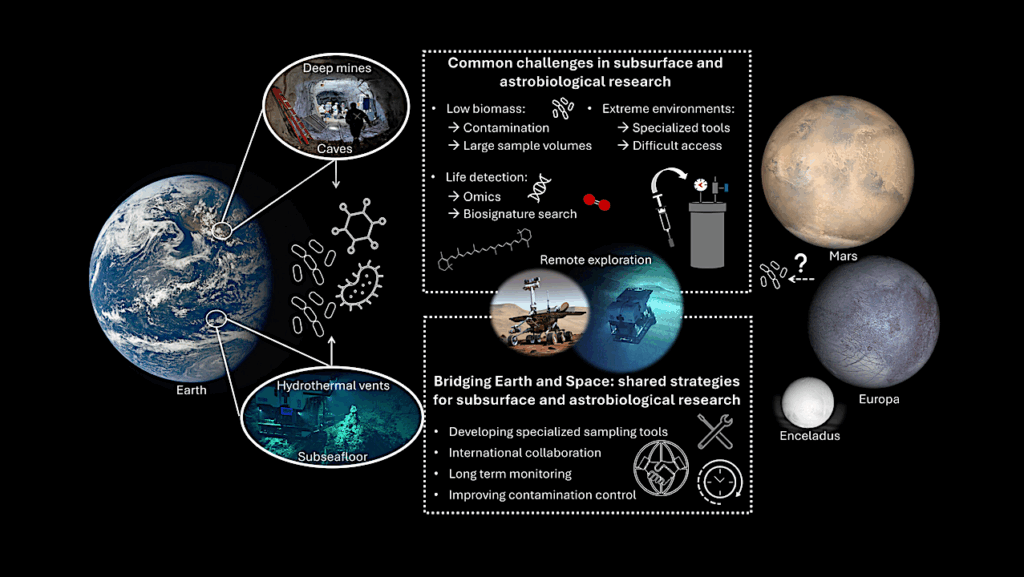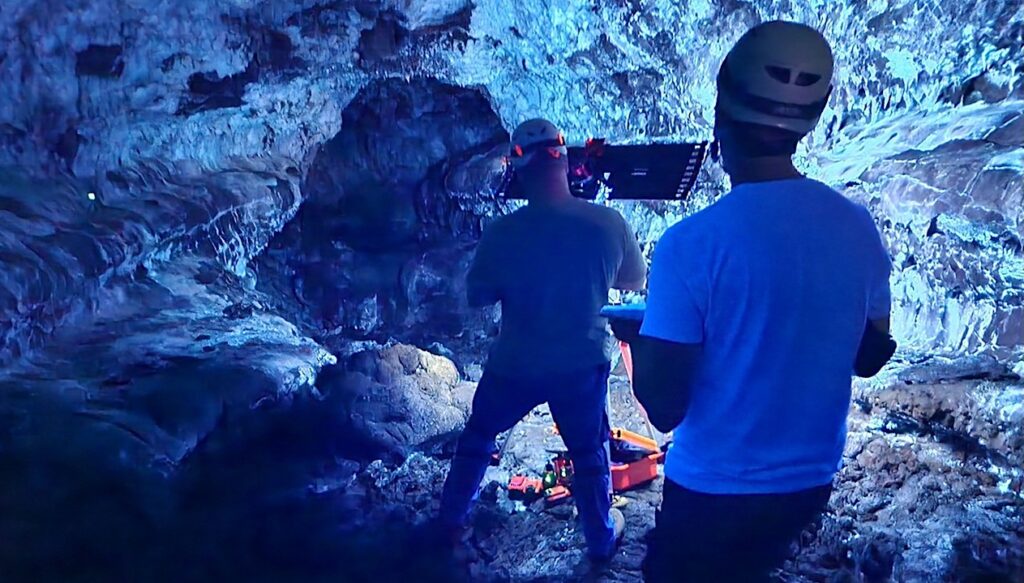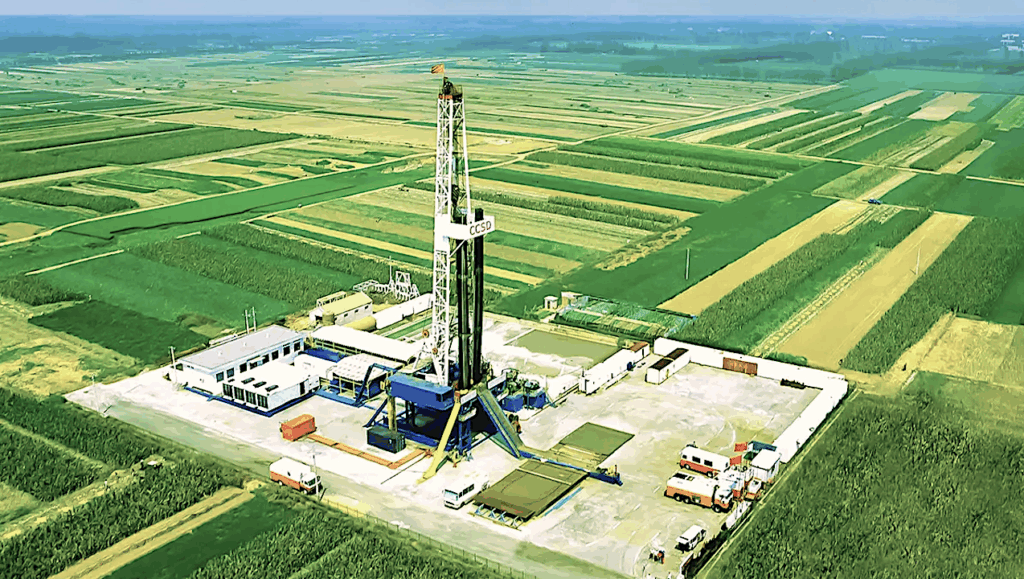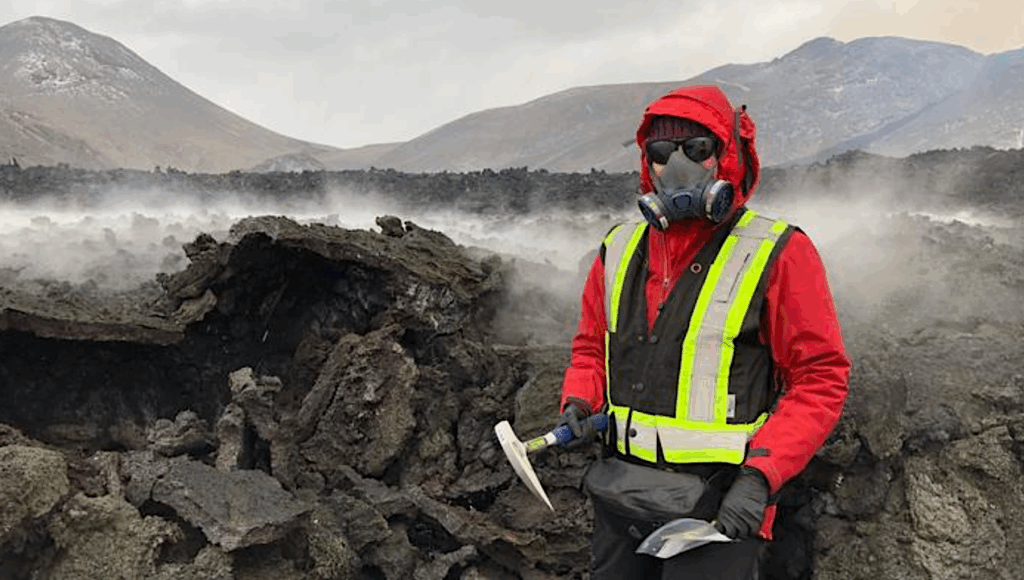Tricorder Tech: Reviewing The State Of Biosensors And Lab-on-a-chip Technologies: Opportunities For Extreme Environments And Space Exploration
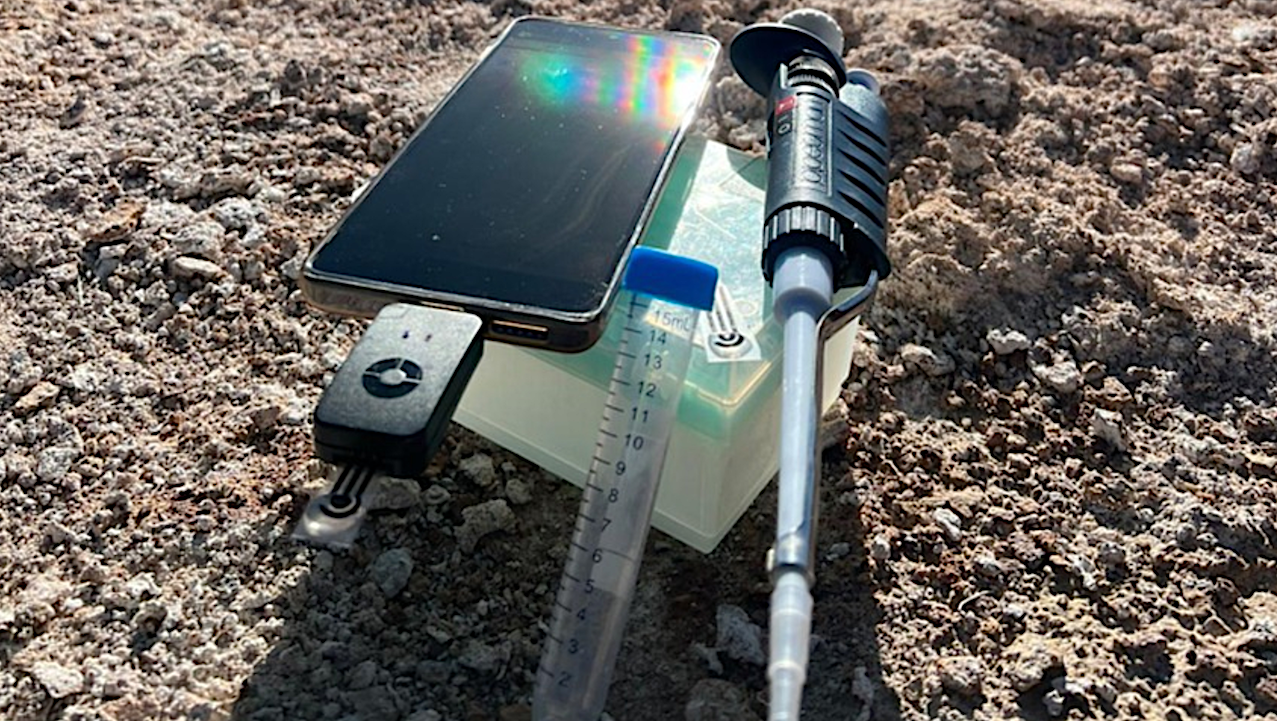
The space race is entering a new era of exploration, in which the number of robotic and human missions to various places in our solar system is rapidly increasing.
Despite the recent advances in propulsion and life support technologies, there is a growing need to perform analytical measurements and laboratory experiments across diverse domains of science, while keeping low payload requirements. In this context, lab-on-a-chip nanobiosensors appear to be an emerging technology capable of revolutionizing space exploration, given their low footprint, high accuracy, and low payload requirements.

Examples of different lab-on-a-chip nano-biosensors and their technologies: (A) Paper-based, (B) Dermal, (C) Wearable, and (D) Micro-fluidic. — Frontiers in Microbiology
To date, only some approaches for monitoring astronaut health in spacecraft environments have been reported. Although non-invasive molecular diagnostics, like lab-on-a-chip technology, are expected to improve the quality of long-term space missions, their application to monitor microbiological and environmental variables is rarely reported, even for analogous extreme environments on Earth.
The possibility of evaluating the occurrence of unknown or unexpected species, identifying redox gradients relevant to microbial metabolism, or testing for specific possible biosignatures, will play a key role in the future of space microbiology.
In this review, we will examine the current and potential roles of lab-on-a-chip technology in space exploration and in extreme environment investigation, reporting what has been tested so far, and clarifying the direction toward which the newly developed technologies of portable lab-on-a-chip sensors are heading for exploration in extreme environments and in space.

Examples of lab-on-a-chip sensors used in extreme environments. (A) Close-up of the paper-based sensor and the reading unit; (B) the sensor in the field during recent fieldwork in the Puna plateau (arid desert with altitude above 4,000 meters); and (C) example of data collected in the field relatively to the measurement of copper (II) ions directly onto the screen-printed strips using a PalmSens Sensit as a portable readers powered by a smartphone. — Frontiers in Microbiology
Reviewing the state of biosensors and lab-on-a- chip technologies: opportunities for extreme environments and space exploration, Frontiers (open access)
Astrobiology, Away Team,


